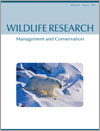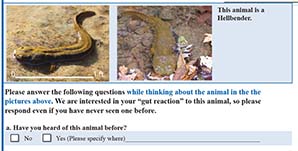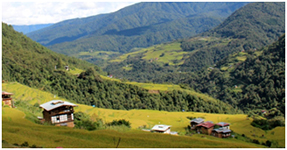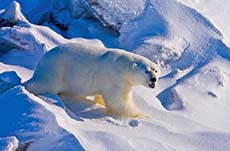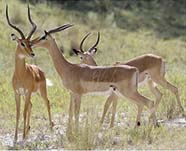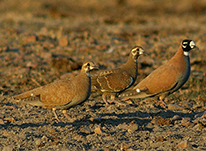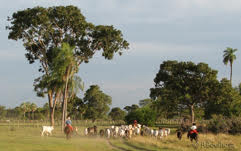WR13103Testing the regional genetic representativeness of captive koala populations in South-East Queensland
As wildlife populations decline, supplementation of wild populations with captive individuals becomes a viable conservation strategy. As a case study, captive koala populations in South-East Queensland were tested and found to have nuclear but limited mitochondrial genetic variation as a potential genetic source for local wild populations. Measuring genetic representativeness is complex and population processes have likely led to genetic separation of populations.


